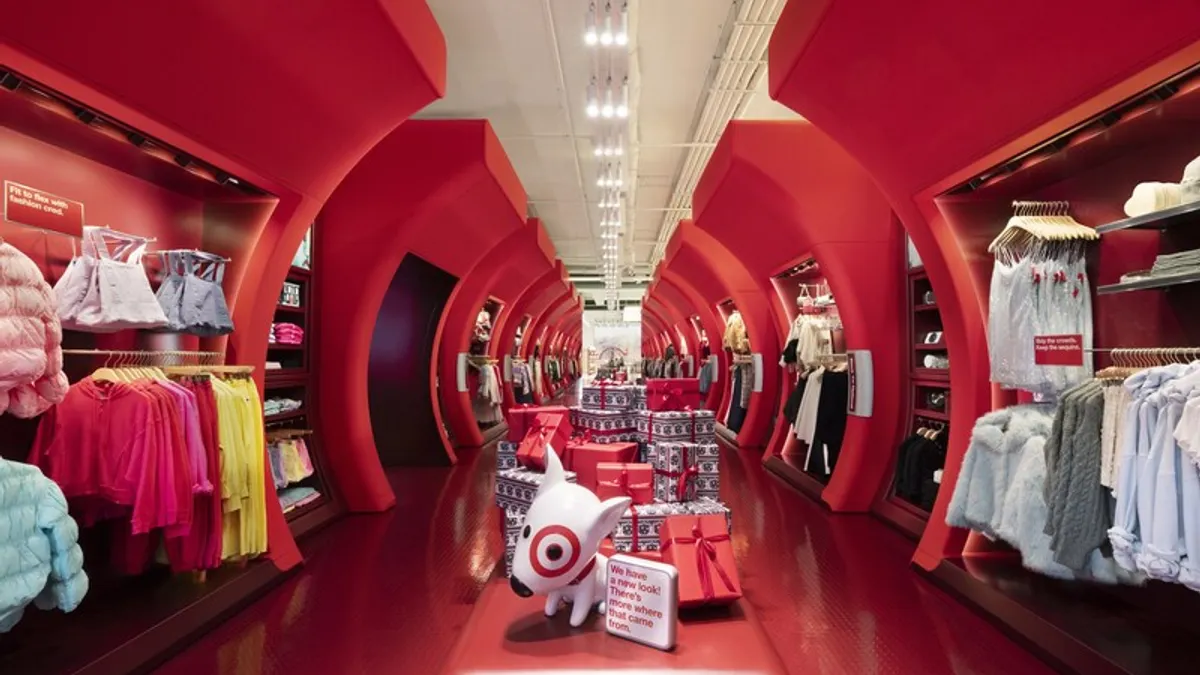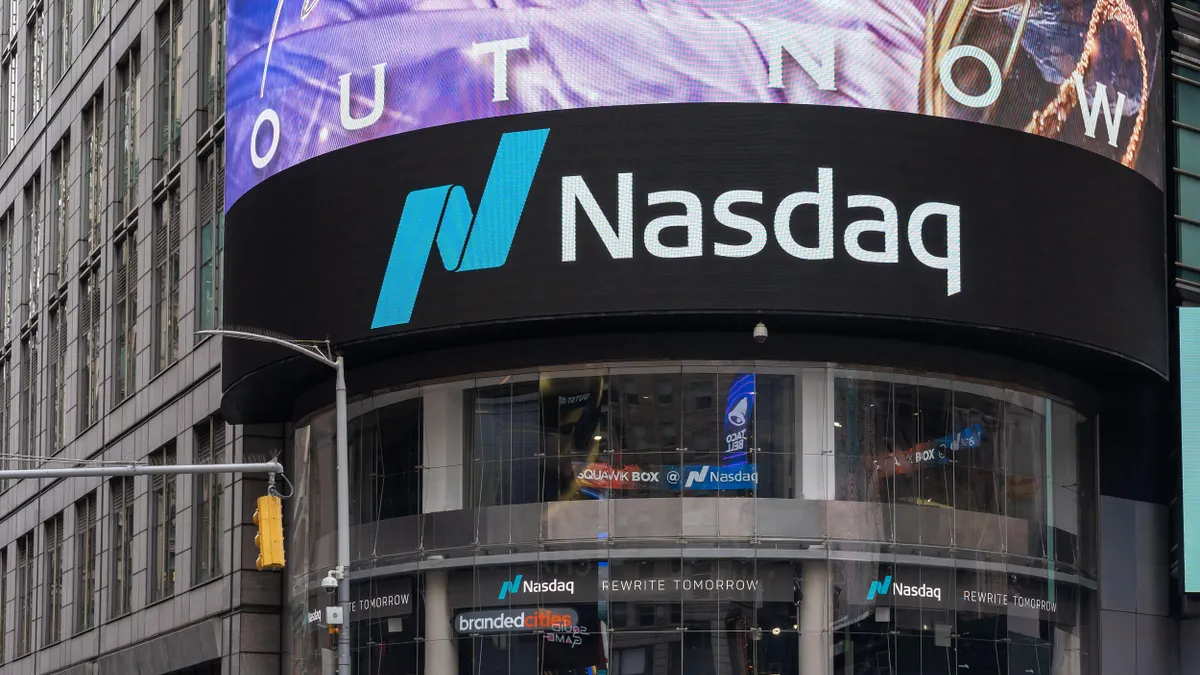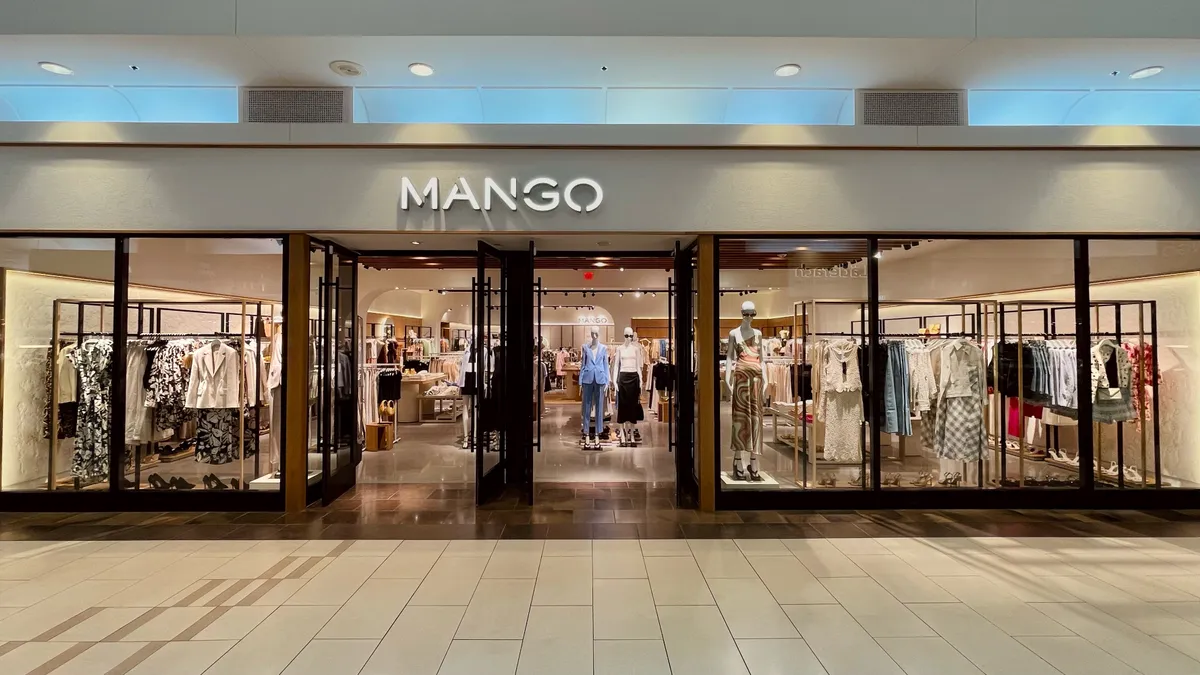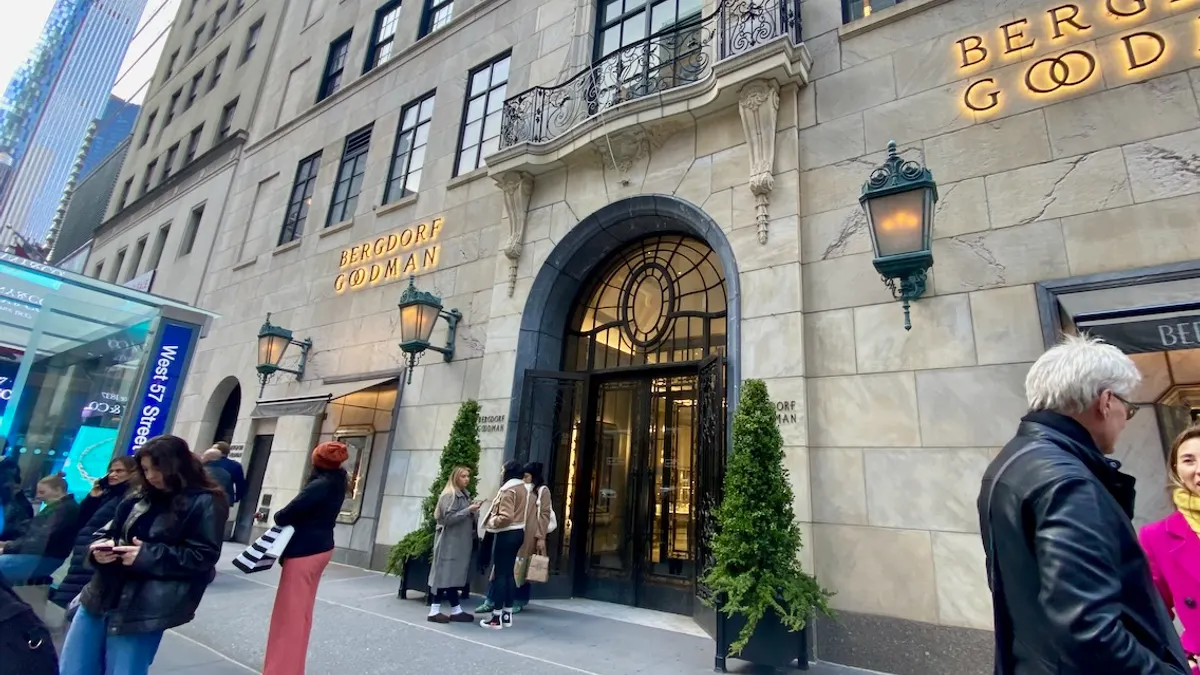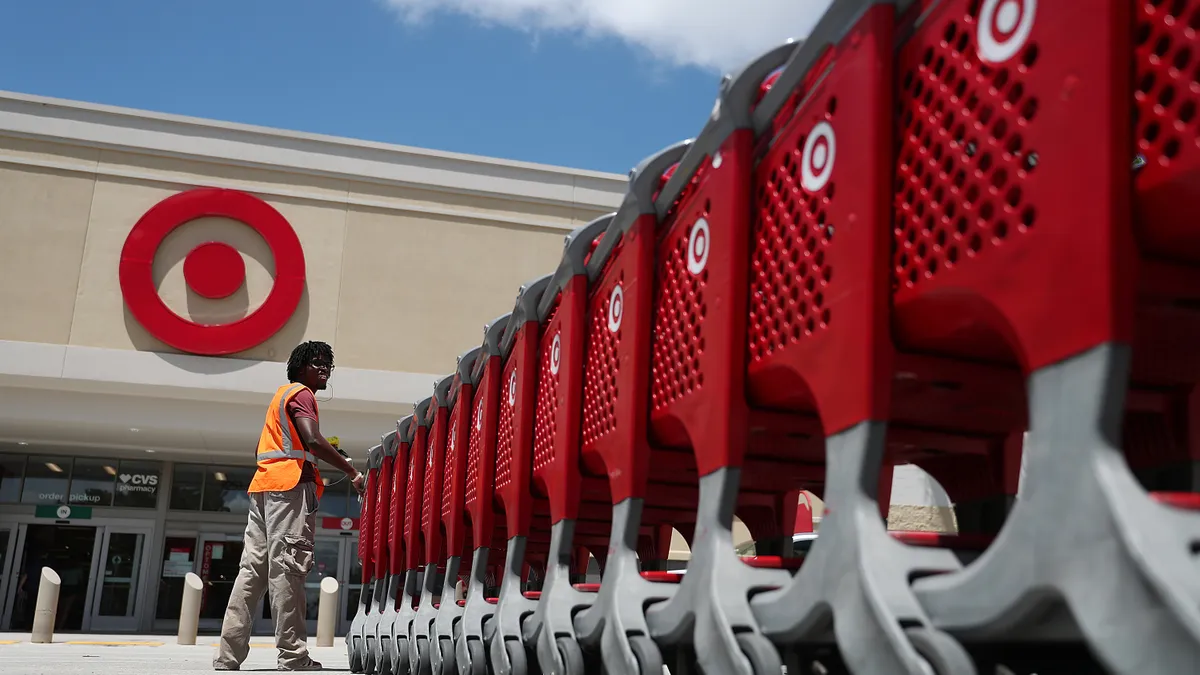The holiday season is the most important time of year for retailers. But what happens when the critical stretch between Black Friday and Christmas is five days shorter than usual?
In 2024, the time crunch is expected to push more shoppers to open their wallets earlier, especially online. During Black Friday alone, online sales rose more than 10% compared with 2023, while Cyber Monday spending jumped more than 7%, per Adobe Analytics.
But with Black Friday sales now in the rearview mirror, retailers have less time than usual to capitalize on the busy shopping season, causing potential challenges.
Lowe’s EVP and CFO Brandon Sink said the trimmed timeframe could create volatility that impacts holiday demand. Meanwhile, Target expects the shortened period to amount to a nearly one percentage point headwind to its Q4 2024 comparisons, according to CFO Jim Lee.
Others, however, are less concerned by the calendar, given how early consumers now start their holiday shopping.
“We've seen over the last handful of years, that holiday shopping season really extending, and that that kind of Black Friday to Christmas timeframe isn't quite the kind of landmark that it maybe historically was in the past,” said Jess Dankert, VP of supply chain for the Retail Industry Leaders Association, in an interview with sister publication Supply Chain Dive.
Regardless of how worried retailers are about the shorter shopping period, the key to navigating the volatility is planning early.
J.C. Penney, for example, began its product and supply chain planning more than a year ago and adjusted its strategy based on trends as the year progressed, SVP of Supply Chain Chad Duennes said in an email.
Gearing up for peak season
Beyond a shortened stretch between Black Friday and Christmas, retailers have had to navigate other pre-peak season disruptions, including the three-day strike at East and Gulf Coast ports in October. Despite the turbulence, holiday sales are expected to increase as much as 3.5% year over year in 2024, according to multiple forecasts.
For many retailers, the work stoppage proved to be another exercise in supply chain planning.
“We knew for a fact that retailers were, in some cases, all developing contingency plans in the event of a potential strike at that Oct. 1/Sept. 30 expiration deadline,” Dankert said.
Contingency plans varied from company to company. Some opted to pull cargo ahead of the deadline while others diverted shipments to West Coast ports.
Retailers that decided to bring in goods ahead of the strike may have been forced to start selling holiday inventory earlier than usual, effectively lengthening the season, according to Dankert. But an earlier onset of the holiday shopping season can be a strategic benefit by alleviating fulfillment and product replenishment pressure while building on other high-volume periods.
“We had a good back-to-school [year]. We had a good Halloween, and it's important to string these holidays together so we go into the season with momentum,” said Walmart U.S. President and CEO John Furner on a Nov. 19 earnings call. “We're excited about that and we think we have a great plan for the season.”
The retail giant has been particularly focused on automating its supply chain and expanding its delivery reach ahead of the holiday season. The efforts have helped it consistently cut delivery costs this year.
“We've seen over the last handful of years, that holiday shopping season really extending, and that that kind of Black Friday to Christmas timeframe isn't quite the kind of landmark that it maybe historically was in the past."

Jess Dankert
VP of supply chain for the Retail Industry Leaders Association
Walmart was not alone in experiencing improved sales performance as the holidays approached. Retail sales grew 6.1% year over year in October in the segments covered by Retail Dive per the U.S. Census Bureau.
“October’s pickup in retail sales shows a healthy pace of spending as many consumers got an early start on holiday shopping,” National Retail Federation Chief Economist Jack Kleinhenz said in a Nov. 15 press release. “October sales were a good early step forward into the holiday shopping season, which is now fully underway.”
Coordinating for the holidays
As the holiday shopping season has extended over the years, the ways retailers coordinate their strategies have also shifted, according to Dankert.
“There's really no room for silos within the retailers anymore,” Dankert said. “There's so much more of a collaborative planning approach, particularly as something as high stakes as the holiday shopping season.”
Such collaboration means companies are lining up their sales and marketing pushes with inventory and fulfillment timelines.
For example, retailers like Foot Locker and Macy’s began their holiday marketing campaigns early, while others launched their Black Friday sales in early November.
“While we anticipate earlier shopping this year, there will still be plenty of last-minute shopping, so our investments in modernizing our supply chain will help us offer more efficient and cost-effective ways to fulfill orders and reduce delivery times this holiday season."

Chad Duennes
SVP of supply chain at J.C. Penney
Similarly, J.C. Penney began rolling out its “Really Big Deals Reveals” marketing strategy in September with advertisements on Amazon Prime Video’s Thursday Night Football broadcasts.
The retailer, which made AI a major pillar of its $1 billion supply chain investment, has developed flexible staffing and AI-enabled shipment models for the holidays as well, Duennes said. The moves have allowed the company to extend customer shipping cutoffs for orders around key holidays and events.
“While we anticipate earlier shopping this year, there will still be plenty of last-minute shopping, so our investments in modernizing our supply chain will help us offer more efficient and cost-effective ways to fulfill orders and reduce delivery times this holiday season,” Duennes said.
J.C. Penney is one of several retailers leveraging new technology as part of its holiday preparation tactics. Companies are also leaning into AI-enabled demanding planning and forecasting to set more effective plans, according to Dankert.
“It's much more integrated and much more collaborative and much more enabled by technology,” Dankert said.









